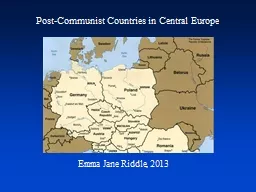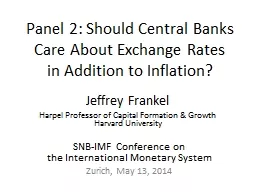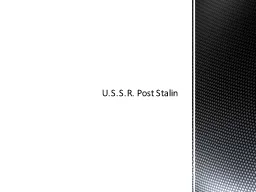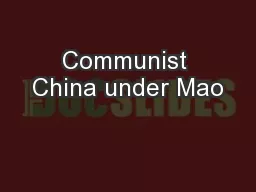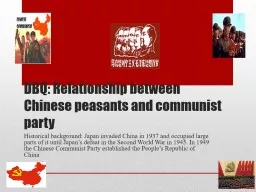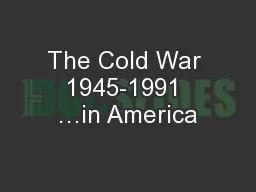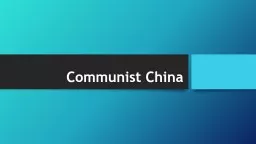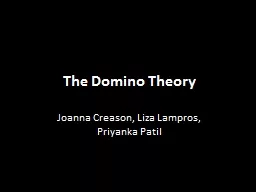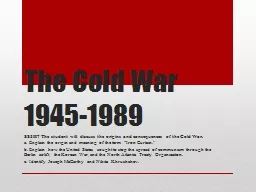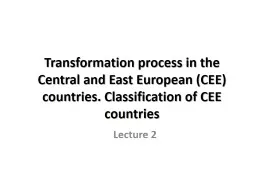PPT-Post-Communist Countries in Central
Author : luanne-stotts | Published Date : 2016-03-13
Europe Emma Jane Riddle 2013 Overview Business culture in Poland Managing employees in the Czech Republic Statistics population and GDP The European Union and
Presentation Embed Code
Download Presentation
Download Presentation The PPT/PDF document "Post-Communist Countries in Central" is the property of its rightful owner. Permission is granted to download and print the materials on this website for personal, non-commercial use only, and to display it on your personal computer provided you do not modify the materials and that you retain all copyright notices contained in the materials. By downloading content from our website, you accept the terms of this agreement.
Post-Communist Countries in Central: Transcript
Download Rules Of Document
"Post-Communist Countries in Central"The content belongs to its owner. You may download and print it for personal use, without modification, and keep all copyright notices. By downloading, you agree to these terms.
Related Documents

